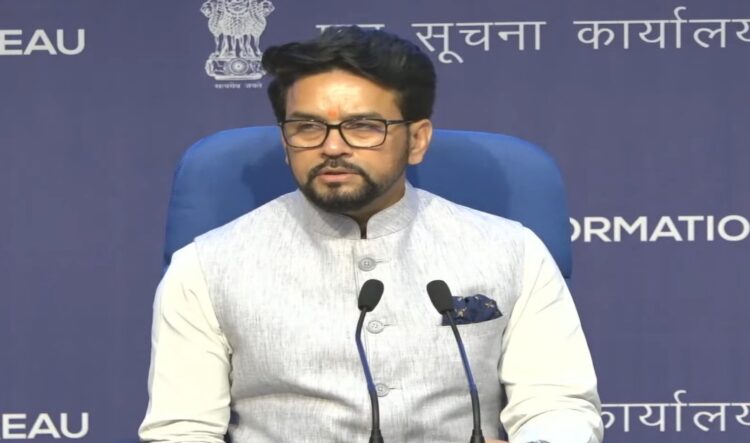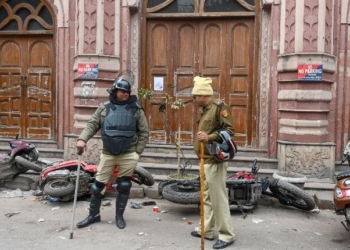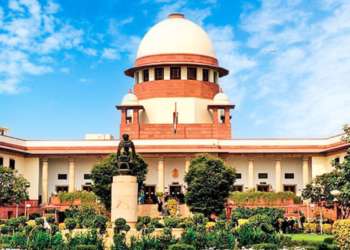New Delhi: The union cabinet on Wednesday approved the third phase of eCourts project, with a financial outlay of Rs 7,210 crore for the next four years (starting from 2023 onwards).
Information and Broadcasting Minister Anurag Thakur told media persons after the cabinet meeting that the eCourts mission mode project is the prime mover for improving access to justice using technology.
The eCourts mission mode project, is a pan-India project, monitored and funded by department of justice, of the union law ministry.
It aims to provide efficient and time-bound citizen centric services delivery as detailed in eCourt project litigant’s charter.
It also aims to develop, install and implement decision support systems in courts.
The scheme also automates the processes to provide transparency in accessibility of information to its stakeholders.
The e-Courts third phase aims to usher in a regime of maximum ease of justice by moving towards digital, online and paperless courts through digitisation of the entire court records including legacy records and by bringing in universalisation of e-filing and e-payments through saturation of all court complexes with e-Sewa Kendras.
It will put in place intelligent smart systems enabling data-based decision making for judges and registries while scheduling or prioritising cases.
The main objective of the third phase is to create a unified technology platform for the judiciary, which will provide a seamless and paperless interface between the courts, the litigants and other stakeholders, official sources said.
Under its first phase in 2007, a large number of court complexes, computer server rooms and judicial service centres were readied for computerisation of the district courts.
The district and taluka court complexes covered in the first phase were computerised with installation of hardware, LAN and Case Information Software (CIS), for providing basic case related services to the litigants and the lawyers.
In the second phase of the scheme, the covered courts were provisioned for additional hardware with (1+3) systems per court room, the uncovered courts of first phase and the newly established courts with (2+6) systems per court room and the court complexes were provisioned for hardware, LAN etc.
(IANS)
















